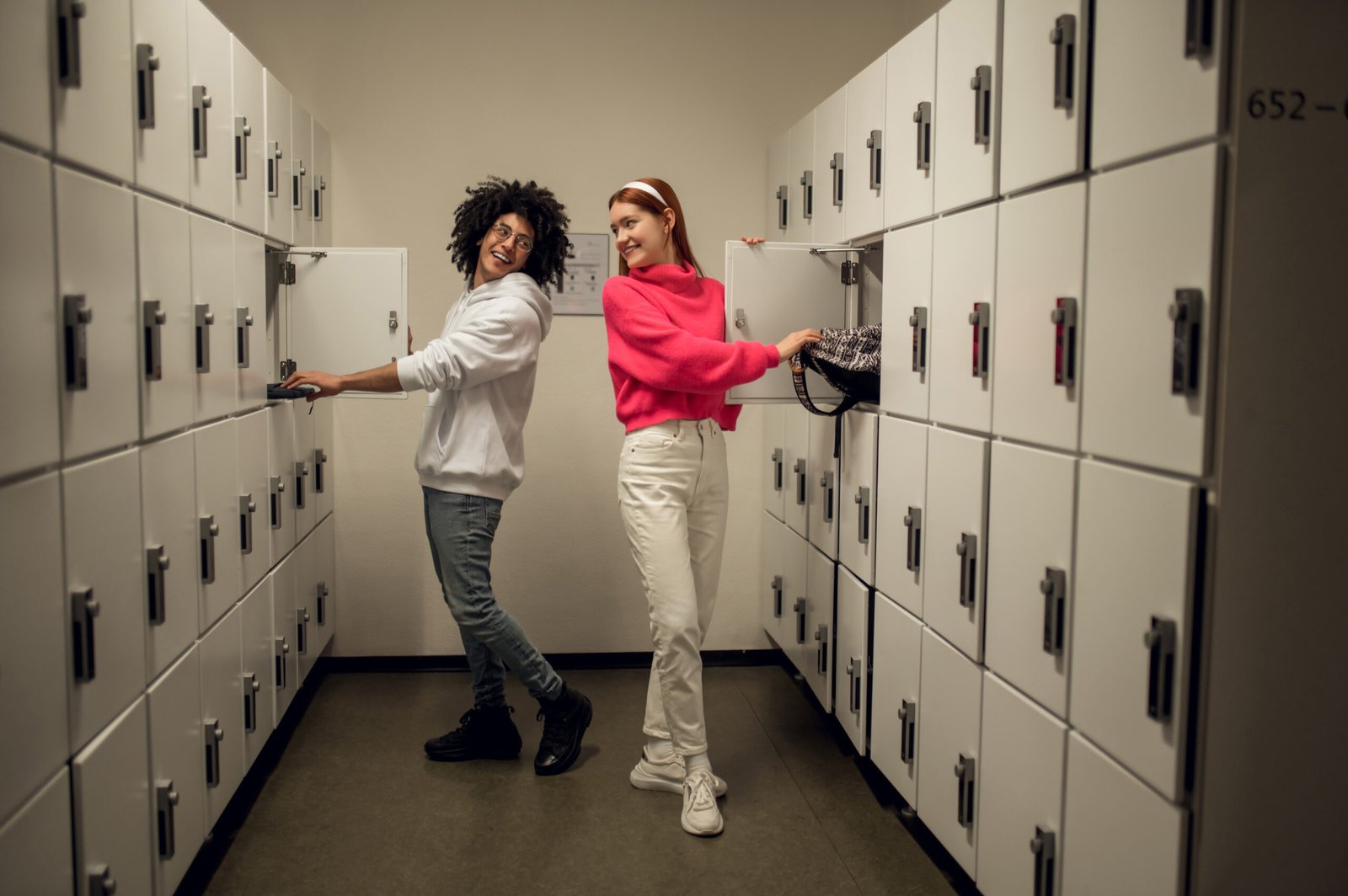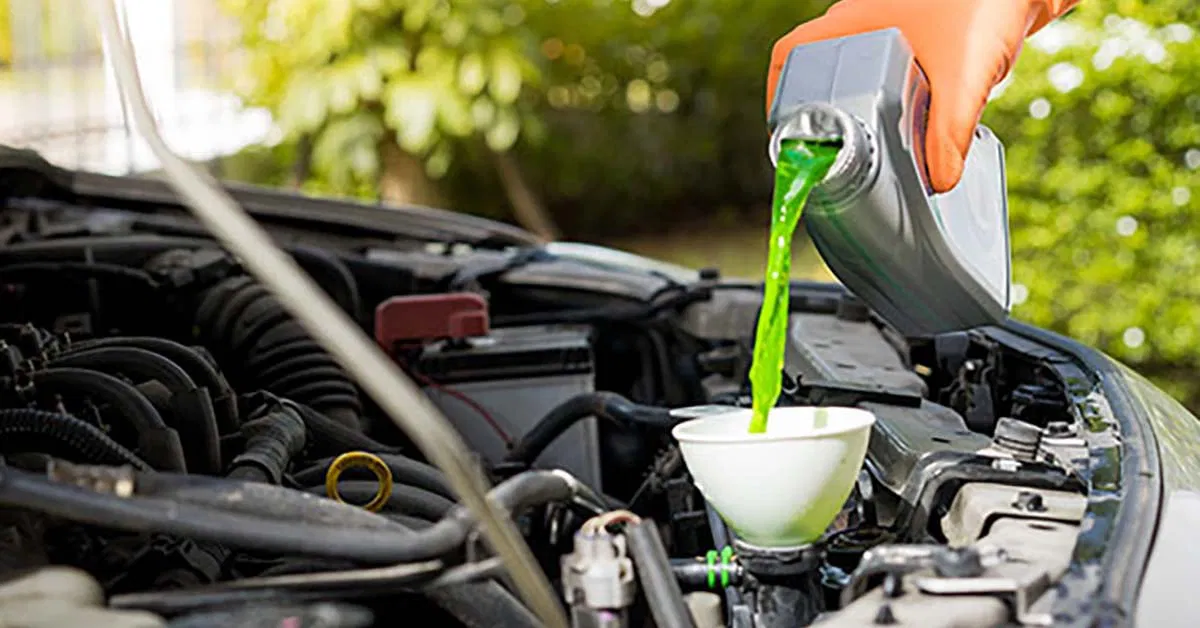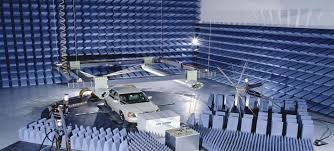School lockers are tricky for many reasons. They must be functional, durable, and aesthetically pleasing as a long-term investment. The global locker market was estimated to be USD 3.22 billion in 2024 and is projected to reach USD 14.12 billion by 2031 (a CAGR of 20.30% from 2024 to 2031). The demand for school lockers is not going to stop any time soon.
School lockers ensure an organized space, the safety of student belongings, and meet individuals’ diverse needs. The million-dollar question is: What kind of school lockers are best for your institution? Depending on the school environment, student demographics, and compliance requirements, schools should choose the right lockers for their needs.
The sheer variety of lockers, different functionalities, materials, brands, and ever-changing market trends make it hard for schools to choose the right locker. This blog will focus on the various types of school lockers and how to choose the right one for your educational institution. Without further ado, let’s get started.
9 Types of School Lockers for Educational Institutions
Below are the nine different types of school lockers.
1. Metal Lockers
Metal lockers are the most common in educational institutions, especially schools and colleges. Not only do these lockers have to endure students slamming them repeatedly, but even the elements of nature take a toll on them.
Hence, stainless steel or galvanized steel (powder-coated finish) is the most common choice for school lockers. These steel lockers are highly resistant to rust and scratches while being durable. Finding these lockers in hallways, gyms, and other high-traffic school areas is common. Metal lockers are ideal for large schools and universities that require extensive storage while prioritizing security and reliability.
| Pros | Cons |
| Durability: Metal lockers are sturdy and can withstand rough use. | Weight: Metal lockers can be heavy, making them difficult to move or install. |
| Security: They provide robust security, especially when fitted with locks. | Rusting: Susceptible to rust over time, particularly if exposed to moisture. |
| Fire Resistance: Metal lockers are generally more fire-resistant than other materials like wood or plastic. | Cost: Metal lockers can be more expensive than other types, such as plastic or wood. |
| Maintenance: Easy to clean and maintain. Most metal lockers are resistant to dirt and grime. | Noise: Metal lockers can be noisy when doors are slammed or opened. |
| Aesthetics: Available in a variety of designs and finishes, offering versatility. | Cold/Heat Conductivity: Depending on the environment, metal lockers can become too cold in winter or too hot in summer. |
| Long Lifespan: With proper care, metal lockers can last long. | Dents/Scratches: Metal is prone to visible damage, such as dents and scratches. |
| Vandalism Resistance: They are more resistant to vandalism than wood or plastic materials. | Limited Customization: Metal lockers may offer fewer customization options in colour and design than other materials. |
2. Wooden Lockers
Wooden lockers have more cosmetic value than metal lockers. Schools and educational institutions wanting a more stylish or elegant look usually opt for wooden lockers. Although wooden school lockers may be more aesthetic, they are less durable than metal ones. The most common choice of materials for wood lockers includes oak, maple, and laminate options. Wooden school lockers are highly customizable, providing choices of different finishes, designs, handles, and other accessories.
| Pros | Cons |
| Aesthetic Appeal: With a warm and classic look, wooden lockers can fit in multiple settings. | Cost: Wooden lockers are more expensive than metal or plastic. |
| Durability: High-quality wood can last for decades if maintained properly. | Maintenance: Requires regular care like polishing, sealing, and protection from moisture. |
| Customization: Wooden lockers offer excellent customization options like stains, finishes, and designs. | Susceptibility to Damage: Wooden lockers are vulnerable to scratching, denting, or warping over time, especially if exposed to moisture. |
| Environmental Friendliness: Wood is a renewable material, often considered more eco-friendly. | Weight: Lockers of high-quality wood are often heavy, making them hard to move and customize. |
| Insulation: Wood provides better natural insulation, reduces noise, and helps maintain temperature stability. | Vulnerability to Pests: Wooden lockers may attract termites or other pests if not properly treated. |
| Sound Absorption: Wood tends to absorb sound, making it suitable for noise-sensitive environments. | Fire Hazard: Wood is more flammable compared to metal or plastic lockers. |
| Natural Resistance: Some woods, like cedar, naturally resist odours, fungi, and insects. | Limited Security: Not as secure as metal lockers as miscreants can break them. |
3. Plastic Lockers
Educational institutions that want lightweight yet durable locker options will choose plastic school lockers. These lockers are made of high-density polyethene (HDPE), which makes them waterproof, rustproof, and easy to maintain. Moreover, plastic lockers come in various colours and finishes, making them perfect for companies wanting a more relaxed or creative environment.
| Pros | Cons |
| Durability: Resistant to rust, corrosion, and water damage. | Cost: Generally more expensive than metal lockers. |
| Lightweight: Easier to move and install compared to metal lockers. | Less Robust: May not withstand heavy impact or vandalism or metal lockers. |
| Low Maintenance: Requires less upkeep, as plastic doesn’t need painting or rust-proofing. | Limited Strength: May not be suitable for storing heavy items or equipment. |
| Aesthetic Variety: Available in various colours and designs, allowing for customization. | Environmental Impact: Plastic lockers are less eco-friendly than metal or wooden ones. |
| No Need for Painting: Plastic lockers retain their appearance without regular repainting. | Vulnerability to Cracking: Plastic can crack or break in extreme conditions (like cold weather). |
| Resistance to Chemicals: Ideal for environments where exposure to chemicals, oils, or moisture is common. | Less Secure: Easier to break compared to metal lockers |
| Easy to Clean: Smooth surfaces make wiping and cleaning simple. | Limited Sizes: May offer fewer size options compared to traditional metal lockers. |
4. Wire Mesh Lockers
Wire mesh lockers are innovative storage mechanisms that combine security, visibility, and ventilation. They can be metal grids or plain wire mesh with a powder/enamel coating to increase lifespan. The grid-like structure of wire mesh school lockers ensures flawless visibility without compromising functionality.
| Pros | Cons |
| Durability: Strong and damage-resistant, making them long-lasting. | Limited Privacy: Items are visible from the outside, offering less privacy. |
| Ventilation: Excellent airflow, preventing odours and mildew. | Security Concerns: Wire mesh offers less security than solid lockers, making them easier to tamper. |
| Lightweight: Easier to transport and install due to their lighter design. | Limited Aesthetic Appeal: Wire mesh lockers are practical but may be unsuitable for certain environments. |
| Cost-Effective: Generally less expensive than solid lockers. | Not Suitable for Small Items: Smaller items can fall through the gaps in the mesh. |
| Visibility: Allows people to see contents from far away, offering greater convenience for checking locker use. | Less Protection from the Elements: Provides minimal protection against moisture, dirt, and nature’s elements. |
| Customization: Available in various sizes and configurations to fit different needs. | Potential for Damage: Sharp edges or protrusions in the mesh can cause injuries or damage clothing. |
| Eco-Friendly: Often made from recyclable materials like steel. | Rusting Risk: If not properly treated, wire mesh lockers may rust over time, especially in humid environments. |
5. Customized Combination Lockers
Customized combination lockers are an excellent security mechanism in a school/college/university setting. Besides offering robust security, they allow students to implement locker access control. Students can experiment with combination codes or other access methods.
Since schools and colleges are busy places, they need more security, plus students demand more flexibility and personalization. Customized combination lockers meet their requirements while offering attractive metal and plastic options.
| Pros | Cons |
| Enhanced Security: Custom combinations provide unique access codes, reducing the risk of unauthorized access. | Complex Setup: Setting up and managing customized combinations can be time-consuming and may require technical knowledge. |
| Tailored to User Needs: Customizable to meet specific requirements, such as locker size, access method, and appearance. | Higher Cost: Customized lockers are often more expensive than standard options due to personalization and added features. |
| Increased Convenience: Users can easily remember their personalized combinations, improving user experience. | Maintenance Challenges: Custom features might require specialized maintenance or repairs, which can be more difficult or costly. |
| Branding Opportunities: Can be designed with logos or specific colour schemes for businesses or organizations. | Limited Availability: Custom lockers may not be available in all locations, and production and delivery lead times may be longer. |
| Durability and Functionality: Custom lockers can be built with higher-quality materials tailored for specific uses, improving longevity and performance. | Potential for Compatibility Issues: Custom features may be incompatible with existing systems or environments. |
| Aesthetic Appeal: Can be designed to fit seamlessly into a particular setting or environment (e.g., gyms, offices, schools). | Lack of Flexibility: Custom lockers might be difficult to modify to suit dynamic business requirements. |
6. Cubby Lockers
Cubby lockers are perfect for schools and other educational institutions where space is scarce and privacy is crucial. Thanks to these cubby school lockers, students can store their belongings safely and keep the premises organized and clean. Students can put away books, sports equipment, and other items they don’t need and pull them out whenever they want.
| Pros | Cons |
| Space-efficient: Ideal for storing personal items in small spaces. | Limited capacity: May not accommodate large or bulky items. |
| Organized storage: Keeps items separated and provides quick access. | Limited security: May not provide high-level security for valuables. |
| Easy to install: Easy to set up and quickly in various environments. | Potential clutter: Can become disorganized if not maintained properly. |
| Versatile use: Suitable for offices, gyms, schools, or warehouses. | Privacy concerns: Items are often exposed to others depending on the environment. |
| Affordable: Generally cost-effective for bulk purchases. | Not customizable: May not suit specific needs or personal preferences (design or size). |
| Encourages organization: Promotes neatness and reduces clutter in shared spaces. | Wear and tear: May show signs of damage over time, especially in high-traffic areas. |
| Efficient for group settings: Allows easy space sharing for multiple users. | Not weather-resistant: May be unsuitable for outdoor use or environments with extreme conditions. |
7. Laptop Lockers
Students may use several electronic devices, such as laptops, smartphones, tablets, etc. Losing a valuable electronic item can be heartbreaking for them. Laptop lockers allow them to store electronic devices in these lockers when not in use. This easy storage will enable them to focus on other tasks without stress. Simultaneously, students can protect their electronic belongings from theft, damage, and unauthorized access.
| Pros | Cons |
| Security: Provides a secure space for storing laptops, reducing theft risk. | Limited Space: This may only fit laptops of specific sizes or quantities. |
| Convenience: Easily accessible for students, employees, or travelers to store their laptops. | Cost: May be expensive to install or rent, depending on the type. |
| Organization: Helps keep laptops organized and prevent clutter. | Inconvenience: Lockers may be far from your work/study areas. |
| Protection from Damage: Laptops are kept safe from accidental drops or spills. | Access Restrictions: May limit access to your laptop for extended periods if it’s locked. |
| Privacy: Keeps personal devices safe from unauthorized access. | No Charging Option: Typically, laptop lockers don’t provide charging ports. |
| Space Efficiency: Fees up desk space or other areas by storing laptops when not in use. | Potential for Malfunctions: Lockers could experience issues with locks or mechanisms over time. |
8. Bench Lockers
Space is not always a luxury for educational institutions. Bench lockers make the best use of space by providing storage and seating. They have storage space at the base and a seat above it. Bench school lockers are popular because of their compact designs, strength, and durability. Schools can customize bench school lockers by adding more compartments or features.
| Pros | Cons |
| Space-saving design: Combines seating with storage, ideal for small spaces. | Limited storage capacity: Can be smaller than traditional lockers. |
| Multi-functional: Serves both as a bench and storage unit. | Unsuitable for larger items: Difficulty in storing bulky items. |
| Enhances organization: Keeps belongings tidy and organized. | Less privacy: Items are visible and accessible to others in shared spaces. |
| Increased accessibility: Easy access to stored items while seated. | Durability concerns: Depending on the material, it may wear out quickly under heavy use. |
| Ideal for high-traffic areas: Perfect for gyms, schools, or entryways. | Requires maintenance: Cushion or upholstery may need regular cleaning or replacement. |
| Comfortable: Provides a place to sit while storing items. | Potentially less secure: May lack lock options for valuable items. |
| Aesthetic appeal: Can complement various interior designs. | Assembly might be complex: Some models may require complicated setup. |
8 Golden Tips While Choosing School Lockers
- Assess Space Needs: Evaluate available space to ensure lockers fit without overcrowding.
- Durability: Choose lockers made from sturdy materials like steel or high-quality plastic.
- Security Features: Opt for lockers with secure locking mechanisms to protect students’ belongings.
- Customizable Designs: Select lockers that can be tailored to specific school needs.
- Ventilation: Ensure lockers are adequately ventilated to prevent odour build-up and mould.
- Easy Maintenance: Look for lockers that are easy to clean and maintain.
- Student Accessibility: Consider the height and design to ensure lockers are accessible for all students.
- Budget Consideration: Choose a solution that offers the best value for money without compromising quality.
Final Thoughts
School lockers are a significant investment, and the right investment can bring about many changes. Not only do school lockers uplift students’ moods, but they also ensure that they can concentrate on their studies without any stress. The market is flooded with school locker options, but educational institutions may have a hard time choosing the right one for their needs.
















Leave a Reply